The pilot project launched at Manhattan’s 59th Street-Lexington Avenue station, servicing the N, R, W, 4, 5, and 6 lines. The barriers feature metal spikes designed to prevent people from using handrails to jump over turnstiles.
But early observations suggest limited success. “I see fare evasion all the time. People will find a way,” said Veronica Pisani, a Bronx resident who commutes daily. Observers witnessed multiple people bypassing the barriers through alternative methods.
The financial stakes are significant – fare evasion costs the MTA an estimated $500 million annually. This follows a 2023 initiative where $700,000 electronic panel doors proved ineffective after social media users demonstrated easy bypassing techniques.
Governor Kathy Hochul announced broader security measures alongside the barrier installation, including:
- Uniformed officers on platforms and trains from 9 PM to 5 AM
- Platform edge barriers at over 100 stations by 2025
- LED lighting upgrades across stations
- Modern fare gates at 20 stations in 2025, with 20 more planned
Similar Posts
The initiative has raised safety concerns among commuters. “I think people will get hurt trying to jump,” noted rider Patty A. Others question the approach’s effectiveness versus addressing underlying causes.
The MTA hasn’t disclosed the project’s cost or confirmed plans for expanding the spiked barriers beyond the initial location. This development represents another chapter in the ongoing challenge of balancing public transit accessibility with revenue protection in New York’s subway system.
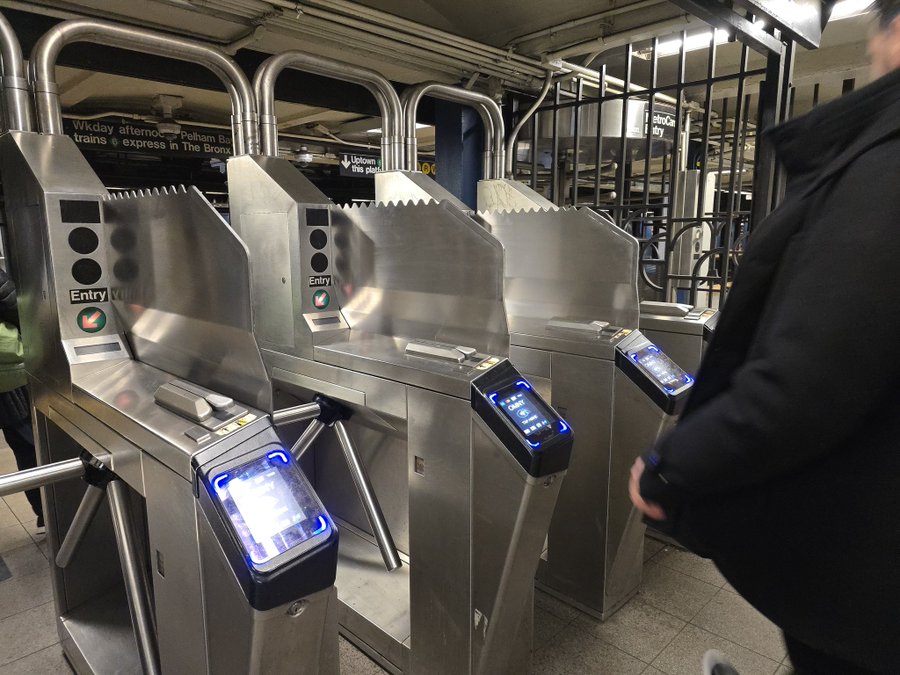
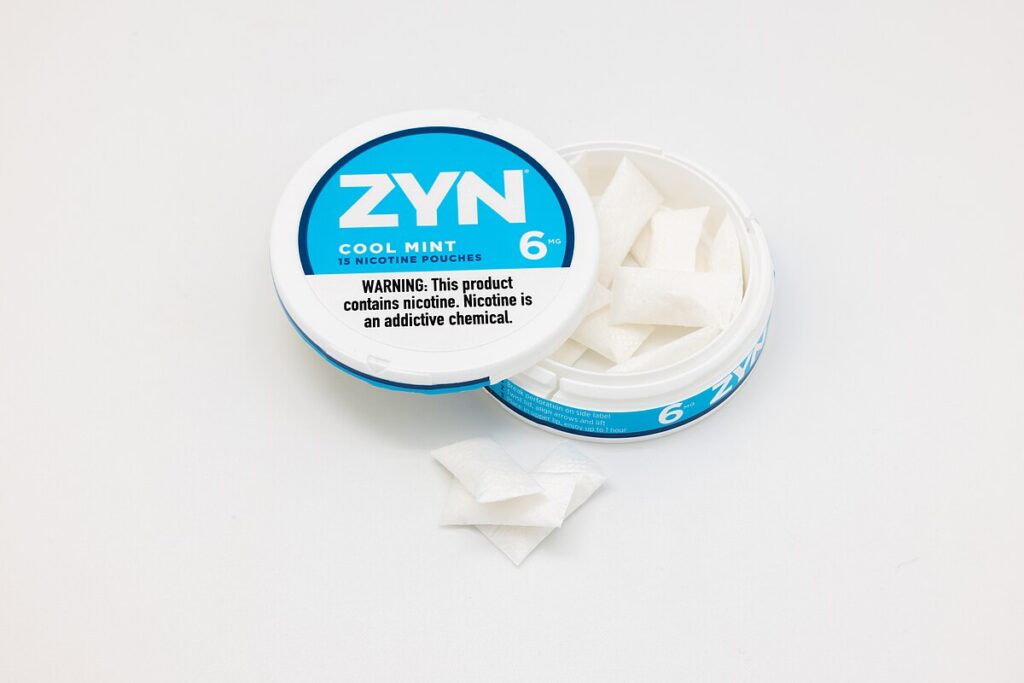

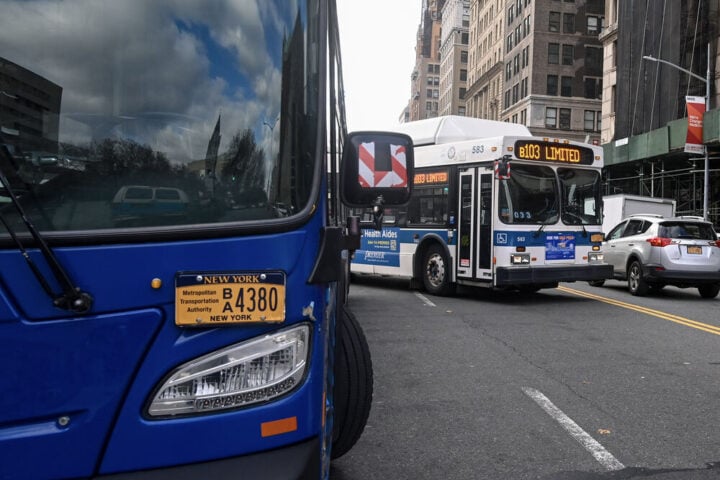
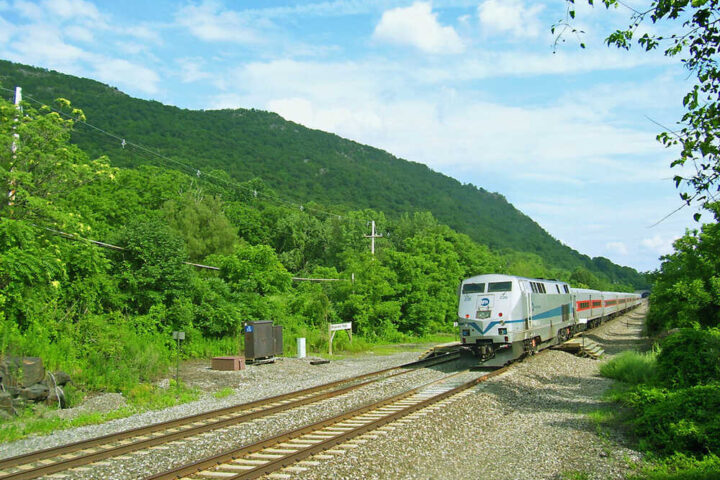
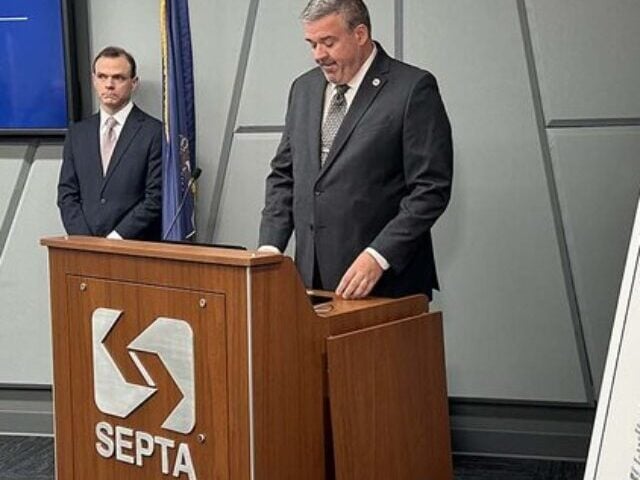
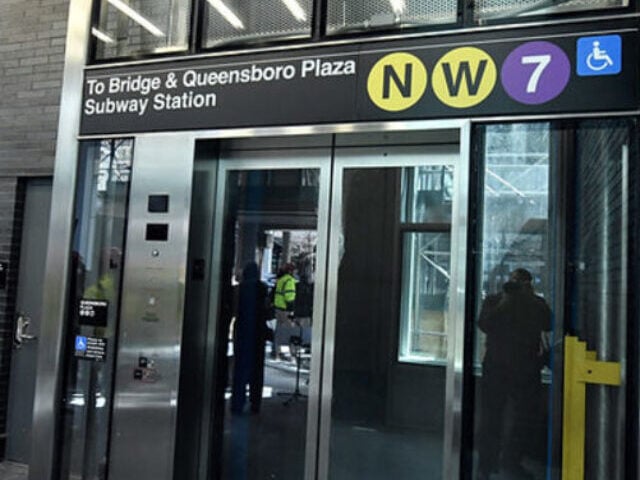

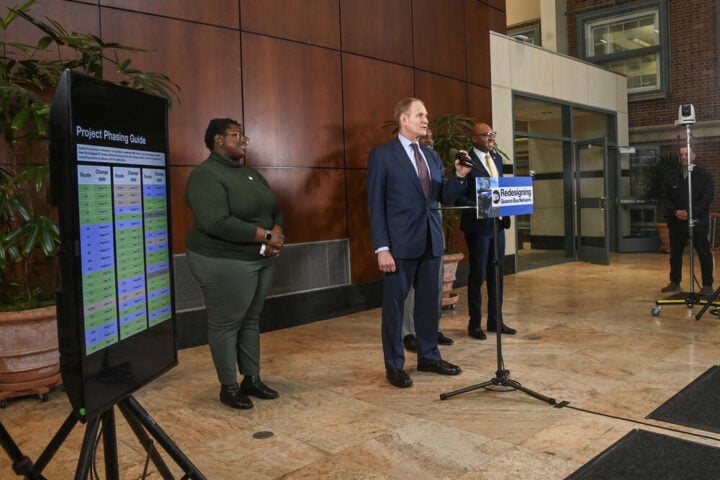
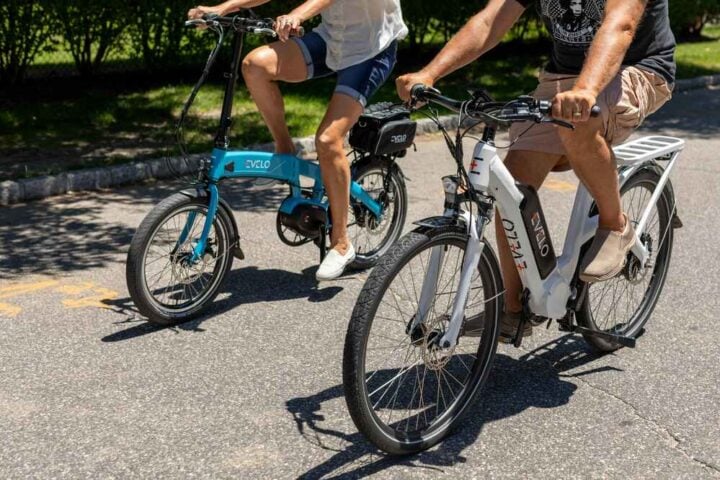

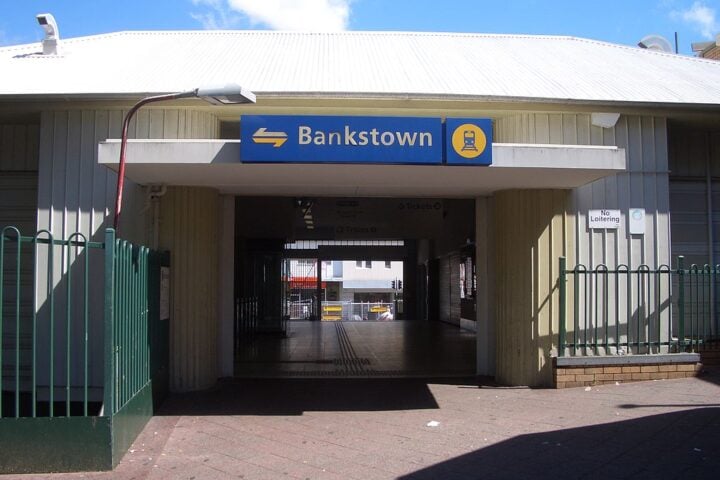
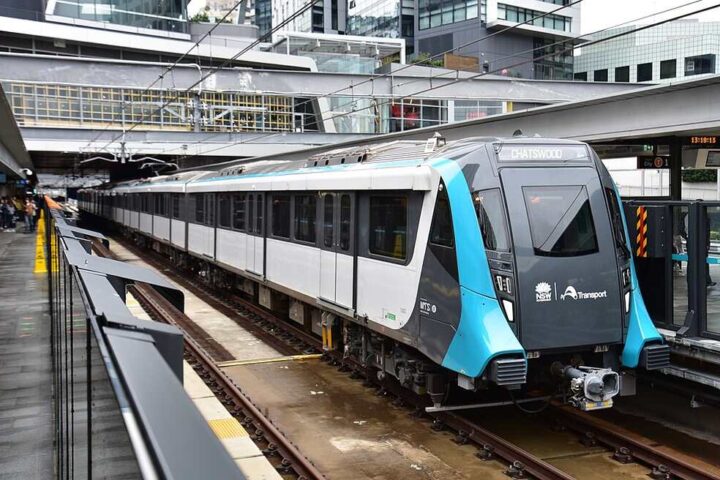
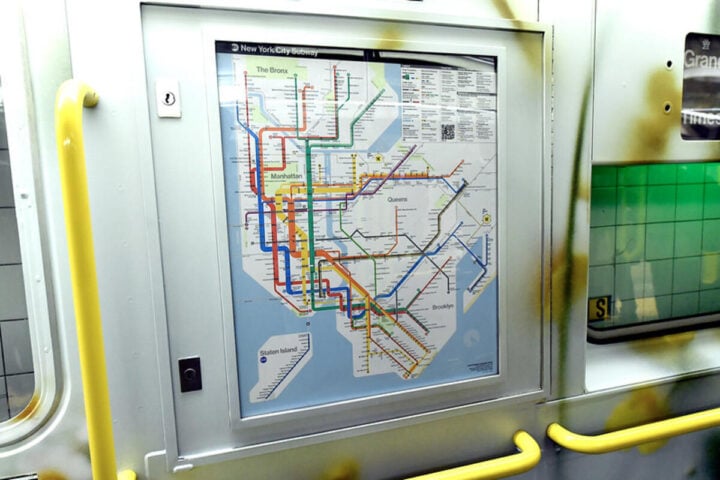
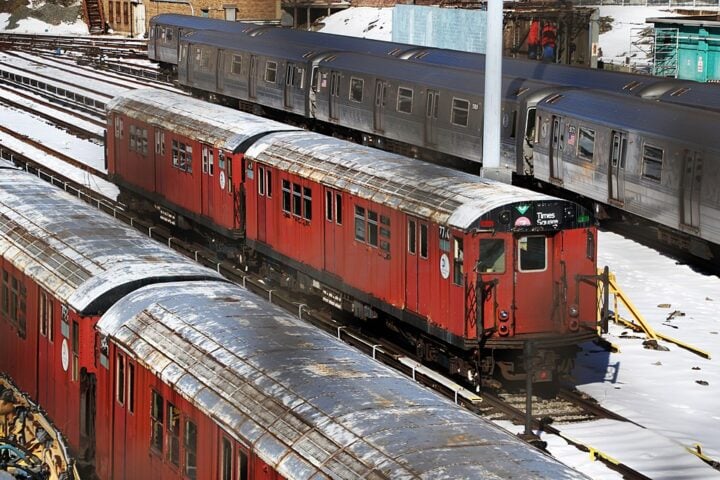
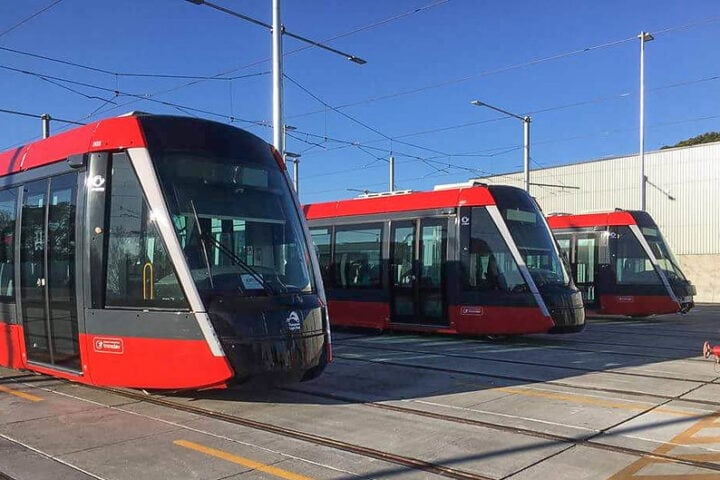
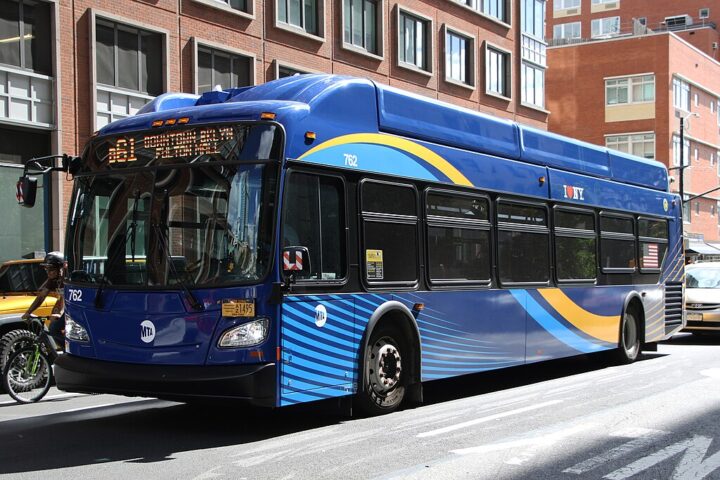
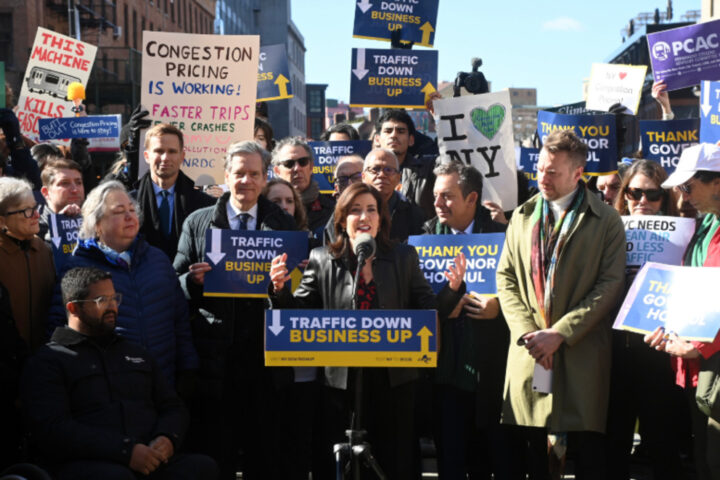
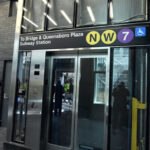
Well whoever thought of that idea should be fired asap !! How about get rid of turnstiles and just put doors with bars that only open if you swipe a metro card !! Ans that will also prevent crazy from being on the train !!
It’s really not rocket science…unless your really young….POLICE AT THE TURNSTILE…SOME HIDING AND SOME IN PLAIN SIGHT TO LAY AND WAIT CATCHING FARE JUMPERS…not rocket science most criminals don’t pay at the turnstile…not rocket science keep em out and you’ll have less crimes on trains and in the stations …then work on the homeless issue…get them out of the Subway system and into in-voluntary shelter if necessary on meds and therapy if necessary to prevent their return to homeless ..not rocket science…but what do I know I’m not a rocket scientist I guess🤷🏾